Immediately after the decision to postpone the tax for 90 days, shrimp businesses breathed a sigh of relief and quickly contacted partners to speed up the delivery of signed shipments with delivery deadlines during this period. On the other hand, businesses also hope that many US partners will buy more goods before the reciprocal tax officially takes effect after 90 days. And further, an import tax rate that is not too different between shrimp exporting countries to the US so that Vietnamese shrimp can still maintain this market.
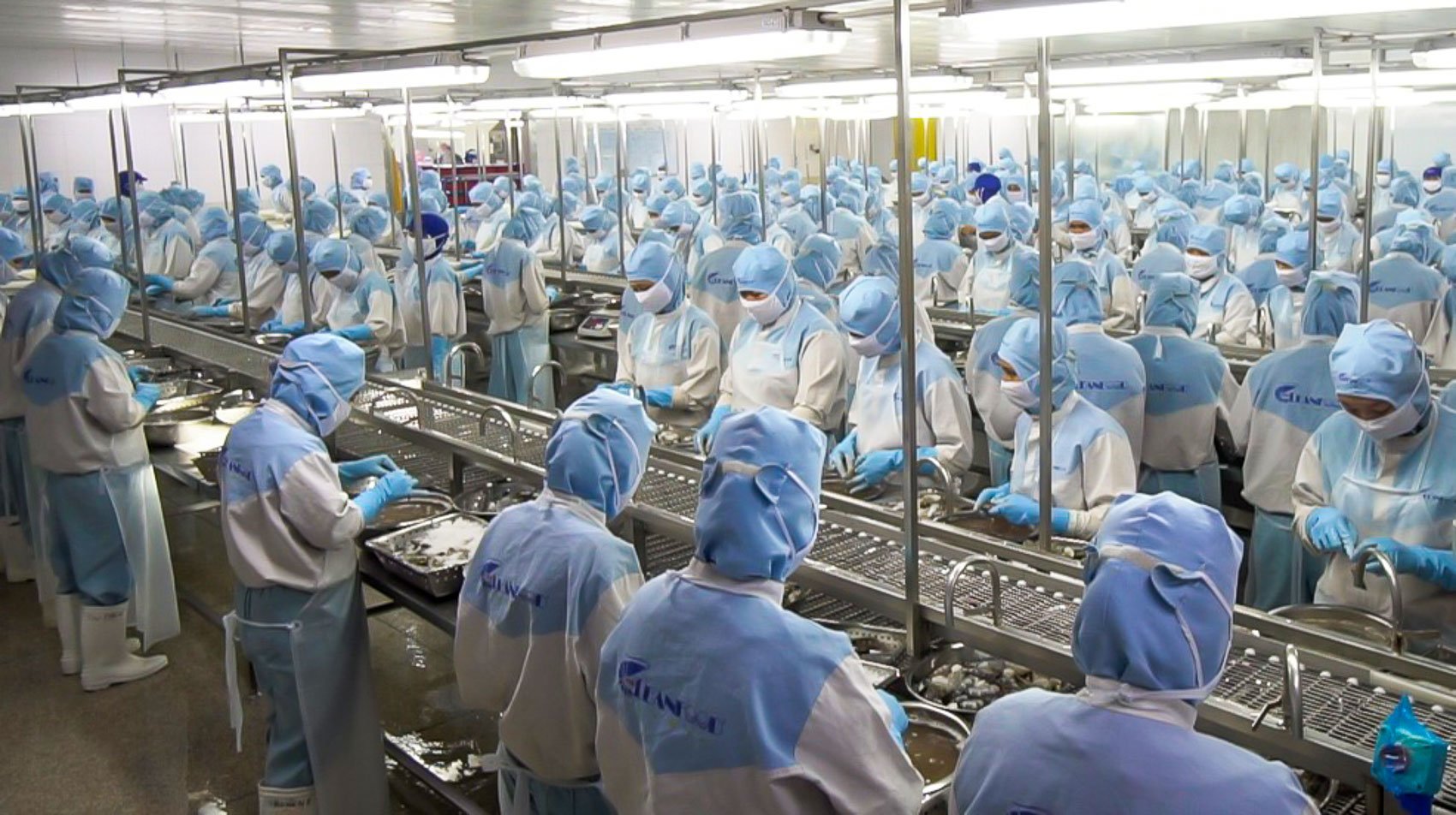 |
| Although they have developed response scenarios, shrimp businesses still hope that the next developments of the reciprocal tax will be at an acceptable level so that Vietnamese shrimp can survive in the US market. Photo: TICH CHU |
Regarding the story of whether US partners will collect goods during the 90-day tax waiting period, the director of a shrimp business said that currently, on the US side, partners are also waiting for the final decision from the Trump administration. Therefore, whether partners will collect goods or not is still unclear, but it all depends on the final decision on tax policy. Moreover, if the contract is signed at this time, the business will only have about 30 days left to process and deliver goods. Not to mention that domestic shrimp prices are high, but the supply is not really abundant, so it is not easy for businesses to have enough raw shrimp in this short time. Therefore, for now, businesses only focus on delivering goods during this period to complete signed orders, then consider further.
While waiting for the final decision on the reciprocal tax rate, businesses have also built their own possible scenarios and countermeasures to cope. “In the worst case scenario, the 46% tax rate is maintained for Vietnamese shrimp, while other countries are around 20%, how will businesses handle it?” Our question above received a very quick and somewhat humorous answer from businesses: “We will temporarily stop playing in the US market to focus on shifting to the remaining major markets, such as: China, Japan, EU, Korea, Australia, Canada…”.
However, businesses are still confident that the final tax rate for Vietnamese shrimp in the US market will certainly not be as high as the current level because, according to their analysis, the 46% tax rate is more hypothetical than real. Therefore, it is predicted that the final tax rate will most likely be only about 23%. At that time, if the remaining competitor of Vietnamese shrimp is subject to a 20% tax rate, Vietnamese shrimp will still have a chance to compete in this market. Further explaining this, according to businesses, the current major competitors of Vietnamese shrimp in the US market are shrimp from Ecuador and India thanks to the advantage of low prices. Although shrimp from India or Ecuador is cheap, they mainly export raw, due to lack of labor and lack of deep processing technology. Meanwhile, Vietnamese shrimp businesses all invest heavily in deep processing, meeting the standards for exporting to high-end distribution systems in the US, with high value. This is a big difference.
From this, it can be seen that the problem is not necessarily high or low tax rates, but also the difference in reciprocal taxes between Vietnam and its competitors. In other words, if Vietnam is subject to high taxes, but its competitors are also subject to similar high taxes, then the competition is not too different. Competition in the US market is very fierce, because this is the market with the lowest profit margin of all markets. However, the US is still a market with a very large consumption scale. Because of its large capacity, there is a high price tolerance - meaning that if their products are of better quality, they can still sell at a price 10% higher. Therefore, businesses always try to maintain and sustain this market, in order to stabilize production, retain workers, maintain revenue, take the initiative in cash flow as well as keep up with the market.
Although predictions indicate that the possibility of shrimp businesses abandoning the US market is very low, businesses all have their own plans once they are forced to abandon this market. Some businesses have even prepared for the loss of the US market for 5 years, but also admit that abandoning it will certainly have an impact on their revenue and profits for a certain period of time because this is still a large market for Vietnamese shrimp, accounting for 30% of the total export output of the Vietnamese shrimp industry.
There is still time for businesses to come up with appropriate countermeasures for their immediate goals and prepare the next steps for a long-term strategy. Hopefully, everything can still be at an acceptable level as expected by businesses so that the shrimp industry can overcome difficulties and affirm its position in the world market.
ACCUMULATE
Source: https://baosoctrang.org.vn/kinh-te/202504/con-tom-va-kich-ban-sau-90-ngay-6187dc1/


![[Photo] Hanoi is brightly decorated to celebrate the 50th anniversary of National Reunification Day](https://vphoto.vietnam.vn/thumb/1200x675/vietnam/resource/IMAGE/2025/4/29/ad75eff9e4e14ac2af4e6636843a6b53)

![[Photo] Demonstration aircraft and helicopters flying the Party flag and the national flag took off from Bien Hoa airport](https://vphoto.vietnam.vn/thumb/1200x675/vietnam/resource/IMAGE/2025/4/30/b3b28c18f9a7424f9e2b87b0ad581d05)
![[Photo] Ho Chi Minh City residents "stay up all night" waiting for the April 30th celebration](https://vphoto.vietnam.vn/thumb/1200x675/vietnam/resource/IMAGE/2025/4/30/560e44ae9dad47669cbc4415766deccf)
![[Photo] Ho Chi Minh City: People are willing to stay up all night to watch the parade](https://vphoto.vietnam.vn/thumb/1200x675/vietnam/resource/IMAGE/2025/4/29/cf71fdfd4d814022ac35377a7f34dfd1)
![[Photo] General Secretary attends special art program "Spring of Unification"](https://vphoto.vietnam.vn/thumb/1200x675/vietnam/resource/IMAGE/2025/4/29/e90c8902ae5c4958b79e26b20700a980)

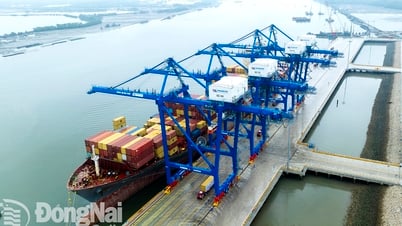








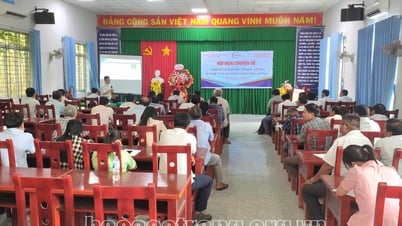

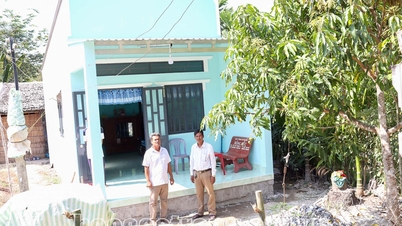






























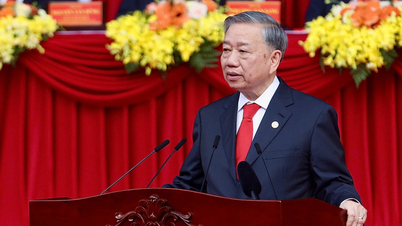

































Comment (0)